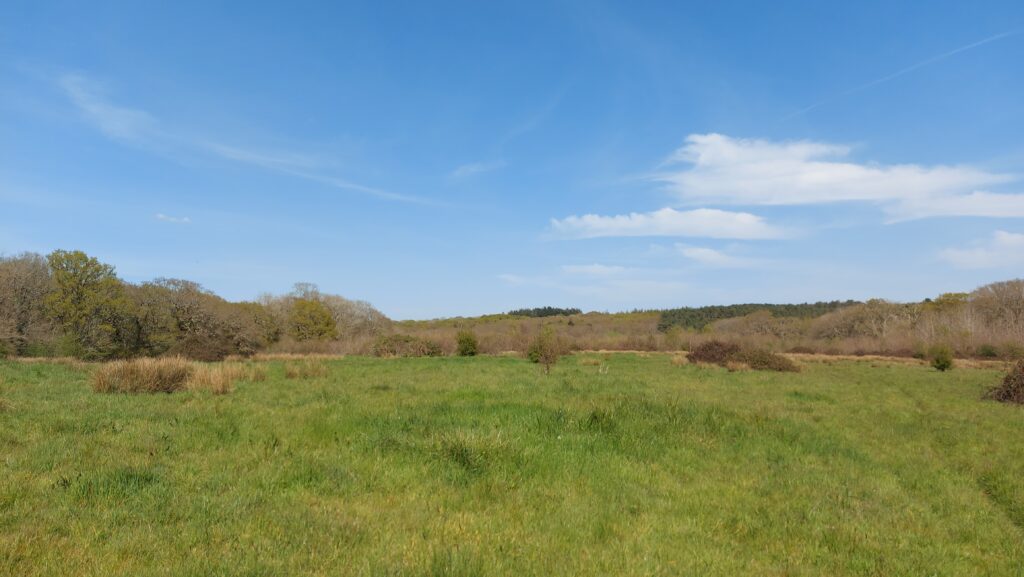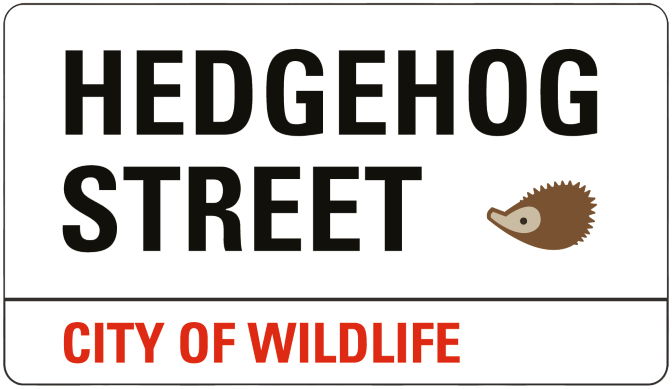Hedgehogs and rural gardens
Loss of hedgerows
Due to agricultural intensification, there has been around a 50% decline in hedgerows in rural Britain since 1945. Hedgerows provide ideal locations for hedgehog nesting sites as well as being important movement corridors. The scale of the loss of hedgerows will certainly have had an impact on rural hedgehog populations.
A more subtle issue is with the way hedges are managed within modern farming systems. Mechanical flailing has largely replaced traditional laying and coppicing, resulting in hedgerows that are increasingly gappy and lack a dense base. This makes them far less suitable as places to shelter from predators and for nesting or hibernation.
Loss of permanent pastures

Pastures are grasslands used to graze livestock such as cattle, sheep, and horses. They also make up the areas that rural hedgehogs most like to forage, as worms and other invertebrates are abundant and easy to find.
As farming has intensified, many areas like these have been converted into arable production or ploughed and reseeded and this will have had an effect of the suitability of the landscape for hedgehogs. Luckily, garden lawns provide an ideal alternative, as long as they aren’t managed too intensively.
Widespread use of pesticides
The use of pesticides to increase food production across the countryside is thought to have heavily impacted hedgehogs. Pesticides reduce the amount of invertebrates available for the hedgehogs to eat.
Roads
Roads can have an impact on hedgehogs through direct mortality. In the UK it has been estimated that up to 100,000 hedgehogs are killed annually on roads, although its unsure what the overall effect of this is on the population.
Roads also act as barriers to movement of hedgehogs, causing the fragmentation of populations into smaller populations which are more likely to become extinct.
Traffic volume can have a larger impact on population persistence than road size, as traffic volume increases a road becomes more difficult to cross and so it prevents any movement of hedgehogs.
Predators
Badgers are known to predate hedgehogs and hedgehogs actively avoid areas where badgers are present. However, these two species have coexisted in Britain for several thousand years.
Whilst it is likely that where badger numbers are high the number of hedgehogs will be low there is no evidence that badgers are the single most important factor affecting hedgehogs today.
In rural areas hedgehogs are declining severely even in parts of the country with low badger densities (eg East Anglia). Predation by badgers is likely to only be a big problem for populations if other factors are also acting to reduce numbers.
Read our full statement on badgers and hedgehogs.

